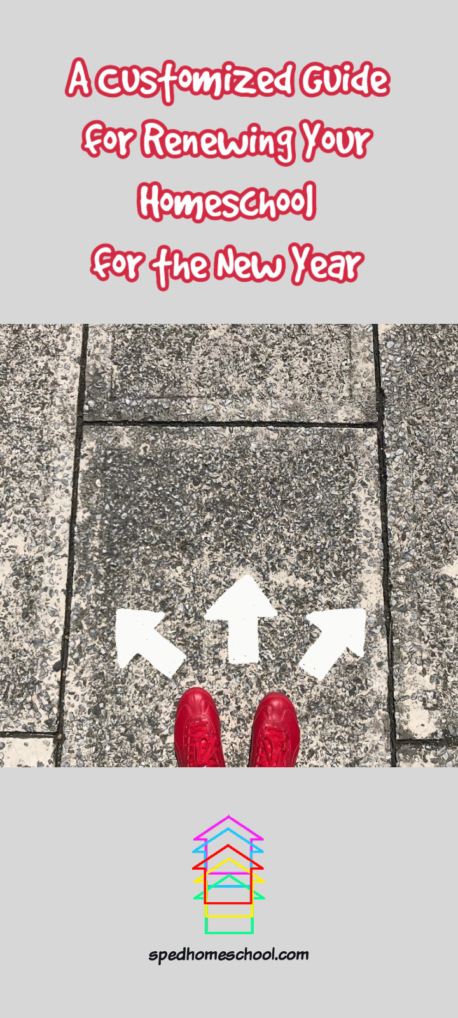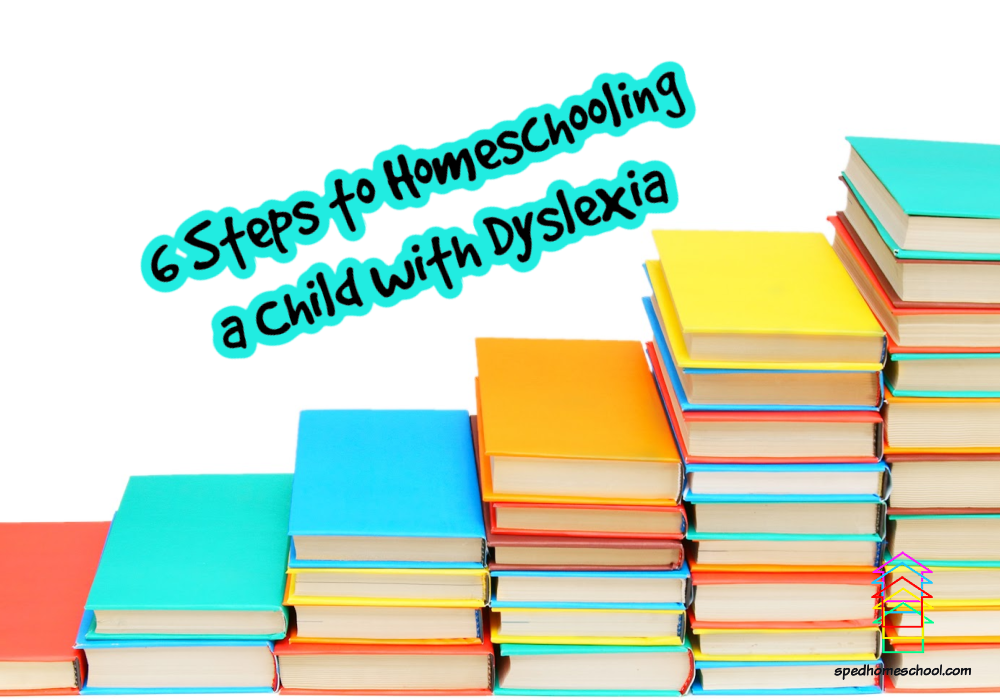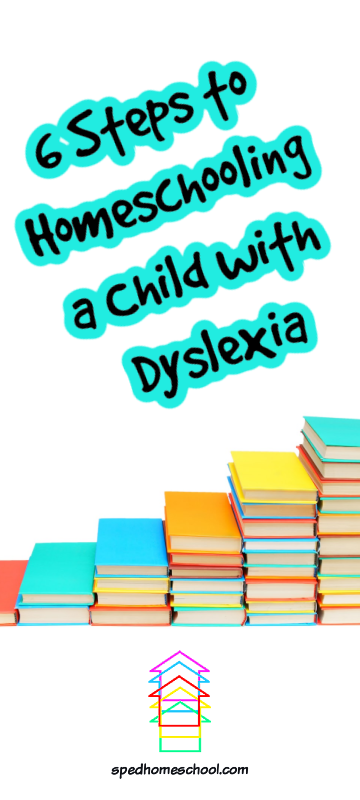
By Dawn Spence and Amy Vickrey
It is that time of the year when the whole world starts reflecting on resolutions and making new goals for their year. As the world is evaluating what is working and what needs to change, homeschooling parents are no different. Most of us take a break during the Christmas holidays, so January is a great time for a reset. The following areas are places to start when setting new goals for the year.
Curriculum
If your curriculum is not working or needs a tweak, now is a good time to make that happen. Sometimes the curriculum that we choose does not work for our child as expected. This is where you give yourself permission to make the change. Take some time to research or adapt what you have. Change can be helpful and can open the door to further success.
Some questions to ask:
- What works just as it is?
- What would work better if I made a slight change?
- What is not working at all?
- What used to work, but maybe isn’t fitting our needs at this time?
- Is there a better way to approach this subject to meet my child’s needs?
Resources:
- SPED Homeschool YouTube Reading Resources Playlist
- SPED Homeschool YouTube Curriculum Adaptations Playlist
- SPED Homeschool Curriculum Reviews
- SPED Homeschool Curriculum Partners
Schedule
Sometimes it is not what we are doing, but more of a timing issue that needs a change. Figuring out what works best for your child can help. Some students do better at night or at a later start. Find out what works best for your schooling. As the years have passed by, I know my schooling has changed as my children have gotten older.
Some questions to ask:
- What time does my child learn most efficiently?
- Does my child need time before or after schoolwork to relax, focus, or prepare for schoolwork?
- Does my child need breaks during the day?
- What type of reminders or schedule work best for my child (visual schedule, checklist with words, picture checklist, timer, first-then, work-work-work-break style chart)?
- What kind of activities do I need to schedule first, next, last (more active vs. more quiet activities first or last)?
- Do I need time to gather materials or plan for the day before beginning activities with my child?
- What “set” activities do we have in our schedule, such as therapy, co-ops, or other outside activities?
Resources:
Methodologies
I know that the method in which I homeschool has changed over the years and sometimes I have to adapt my lessons midstream to help make my children successful. If your current method is not working, there are so many ways to homeschool. Road schooling, gameschooling, on the go schooling, student-led and unit studies are just some of the diverse ways to homeschool. If your kids are struggling or maybe you are the teacher, it is a great time to change things up and try something new.
Some questions to ask:
- What kind of activities help my child to learn best, and remember the information later on?
- What kind of activities do you enjoy engaging in with your child?
- Do you have time to prepare materials yourself or need an open-and-go curriculum to help you be successful?
- What do I like about different activities or styles of learning that I have heard about?
- What do I not like about different activities or styles of learning that I have heard about?
- Are there activities or subjects that you would prefer to outsource through online learning, classes, co-op classes, private tutors, or other resources?
Resources:
- SPED Homeschool Teaching Strategies Playlist
- SPED Homeschool Teaching Methodologies Playlist
- Teaching Tips for Special Education Homeschool
Community
Having a reliable and informative and trustworthy community is an essential part of homeschooling. Maybe this is the area that you need more support in. If you need a co-op, search it out. If you need a support group, find one in your area or online that can provide like-minded support. Homeschooling can be isolating, especially in these present times, but add on homeschooling a child with special needs makes having a supportive community a necessity.
Some questions to ask:
- What kind of support are you looking for?
- Are you looking for in person or online support?
- What kind of environment do you and/or your child do best in?
- If looking for an in-person or live online community, what kind of environment do you and/or your child do best with?
- Are you looking for play opportunities and extracurricular activities or academic communities?
- How long can my child be engaged in activities successfully in these outside environments?
Resources:
- SPED Homeschool YouTube Incorporating Therapy Playlist
- SPED Homeschool YouTube Homeschooling Support Playlist
- Homeschooling Support Groups
As you reflect on what to change, I also encourage you to reflect on all the things that are going well and celebrate those victories. Changes can be good for everyone involved and can lead to better outcomes.
Dawn Spence is the SPED Homeschool Teaching Manager and a stay at home mom who homeschools her three children, including her twin daughters with learning disabilities. She is a teacher by heart and loves to inspire others to find their inner teacher.
Amy Vickrey is the SPED Homeschool Training Manager who knows special education inside and out from her extensive work as a classroom teacher before homeschooling and through her master’s degree work in both special education and learning diagnostics. She now homeschools her two sons as well as runs a homeschool business that offers special needs testing, homeschool classes and consulting at Exceptional Heights Education Services



